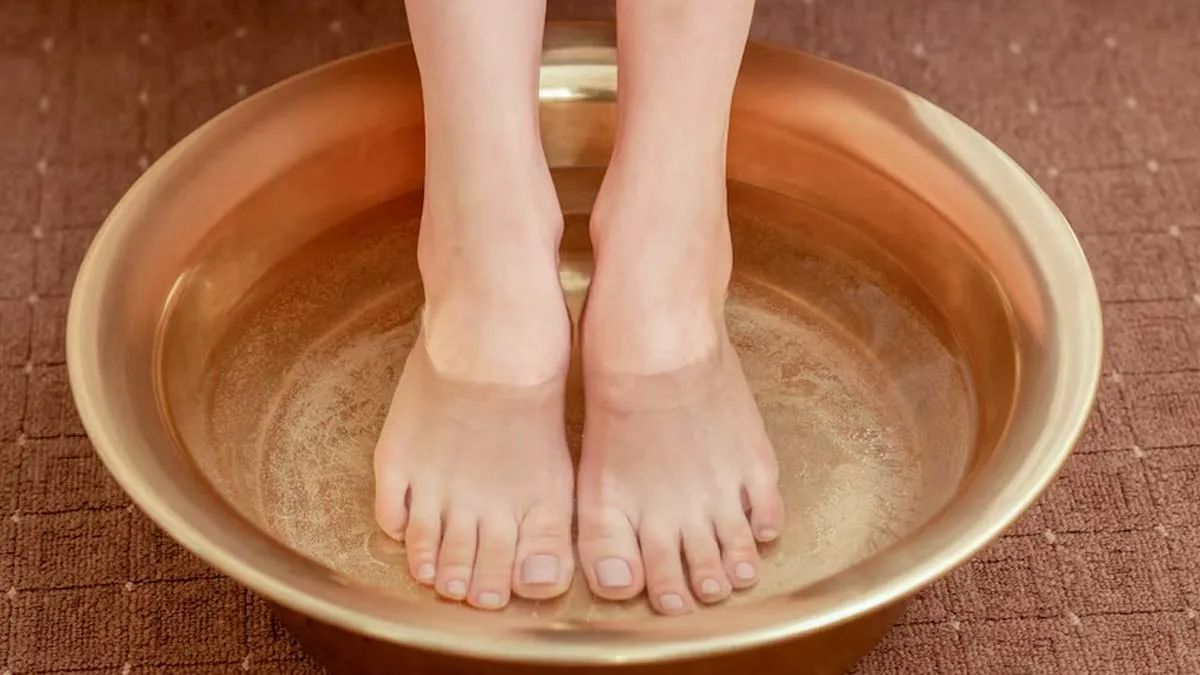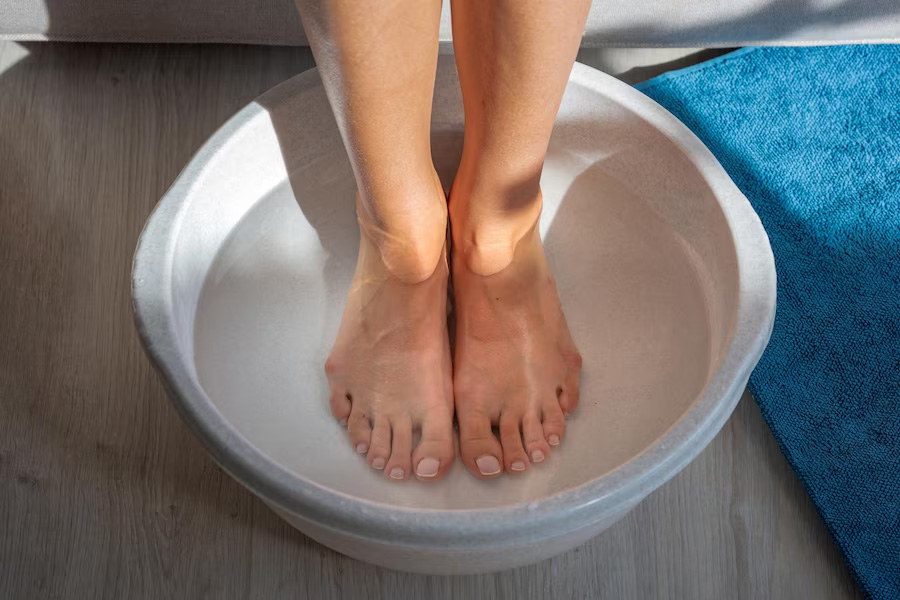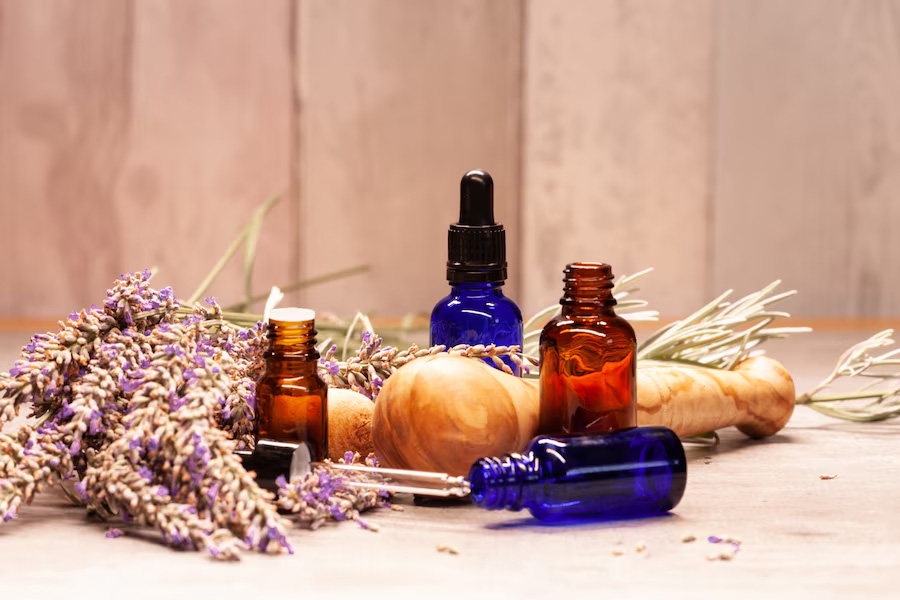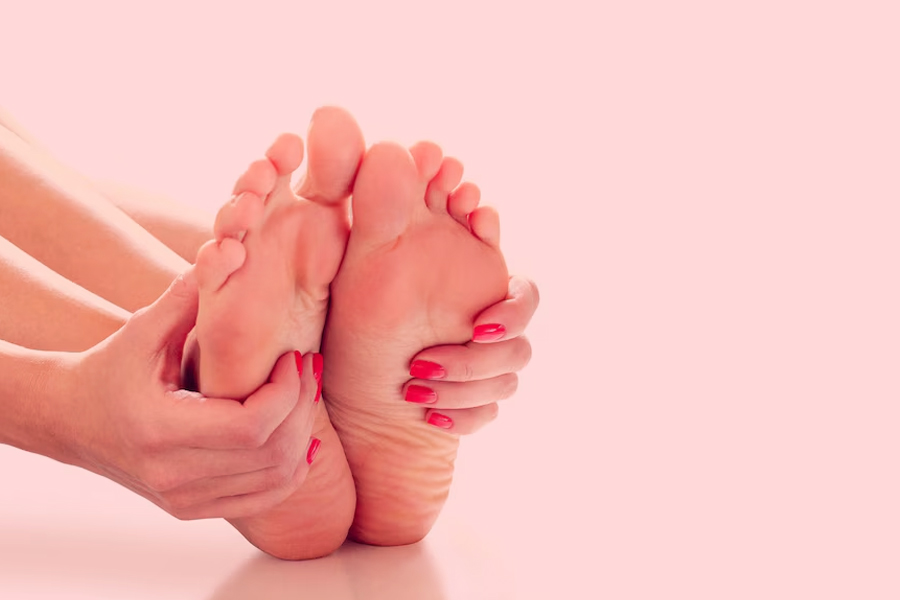
Most of us reach out for a warm water foot soak after a long day of standing, walking, or just sitting for extended periods. This simple practice does more than just provide comfort; it can help boost circulation, relieve pain, and reduce stress. However, did you know you can amplify these benefits by following simple yet effective measures? In this article, we list seven tips that can help maximise the benefits of a warm foot soak.
Table of Content:-
Tips To Maximise Benefits of Warm Water Soak
1. Choose the Correct Temperature

The temperature of the water plays a crucial role in how effective your foot soak will be. Ideally, the water should be warm but not too hot; around 100°F to 110°F (38°C to 43°C) is perfect. This is because extremely hot water can dry out your skin and even cause burns. On the other hand, lukewarm water might not be as effective in relaxing your muscles. Use your wrist or elbow to test the water before dipping your feet in, as these areas are more sensitive to temperature.
2. Add Epsom Salt for Muscle Relaxation
Epsom salt or magnesium sulphate, is a great addition to your foot soak. According to a 2019 study, magnesium absorption through the skin could help reduce inflammation and muscle soreness. If you suffer from sore feet, swelling, or cramps, adding half a cup of Epsom salt to a basin of warm water can make a noticeable difference. Let your feet soak for 15-20 minutes to absorb the benefits.
Also Read: Epsom salt: Know Surprising Health Benefits and Uses
3. Use Essential Oils for Aromatherapy Benefits

You can add a few drops of essential oils to your foot soak to enhance the experience. According to a 2021 study, it was found that lavender oil reduces stress and anxiety, while peppermint oil provides a cooling effect that helps relieve foot fatigue. Simply add three to five drops of your preferred essential oil to the water and stir well before soaking your feet.
4. Keep a Towel and Moisturiser Handy
After soaking your feet, it’s important to dry them thoroughly, especially between the toes, to prevent fungal infections. Since warm water can strip moisture from the skin, applying a good-quality moisturiser or foot cream afterwards helps keep your feet soft and hydrated. If you have dry or cracked heels, consider using a thick cream or petroleum jelly for extra nourishment.
5. Try Adding Vinegar for Detox and Odor Control
Apple cider vinegar or white vinegar is an excellent addition to your foot soak, particularly if you struggle with foot odour or fungal infections. Vinegar has antibacterial properties that help eliminate odour-causing bacteria while softening rough skin. Add one part vinegar to two parts warm water and soak your feet for 15-20 minutes. This can also be helpful for athletes’ foot and nail fungus.
Also Read: A Guide To Foot Soaks: A Foot Bath Can Keep Your Feet Healthy & Beautiful
6. Massage Your Feet for Extra Relaxation

To make the most of your foot soak, take a few minutes to massage your feet afterwards. Use your thumbs to apply gentle pressure to different areas of your feet, especially the arches and heels. This not only improves circulation but also enhances relaxation. If you want a more thorough massage, consider using a foot roller or a small tennis ball to ease tension in the soles of your feet.
7. Make It a Routine for Long-Term Benefits
While an occasional foot soak feels great, making it a regular habit can provide long-term benefits. Soaking your feet two to three times a week can help with chronic pain, improve circulation, and keep your skin healthy. If you’re someone who stands for long hours or suffers from foot discomfort, incorporating this practice into your self-care routine can make a significant difference.
[Disclaimer: This article contains information for informational purposes only. Hence, we advise you to consult your professional if you are dealing with any health issue to avoid complications.]
Also watch this video
How we keep this article up to date:
We work with experts and keep a close eye on the latest in health and wellness. Whenever there is a new research or helpful information, we update our articles with accurate and useful advice.
Current Version